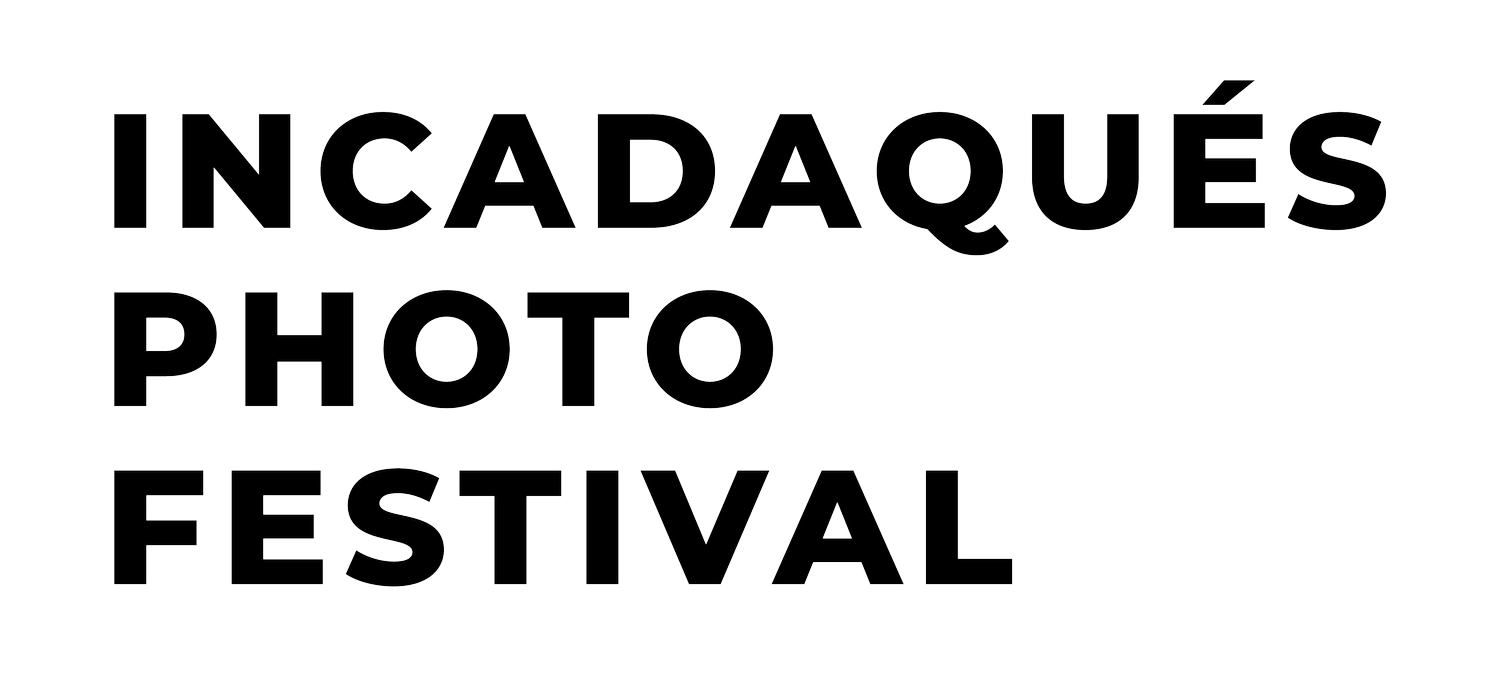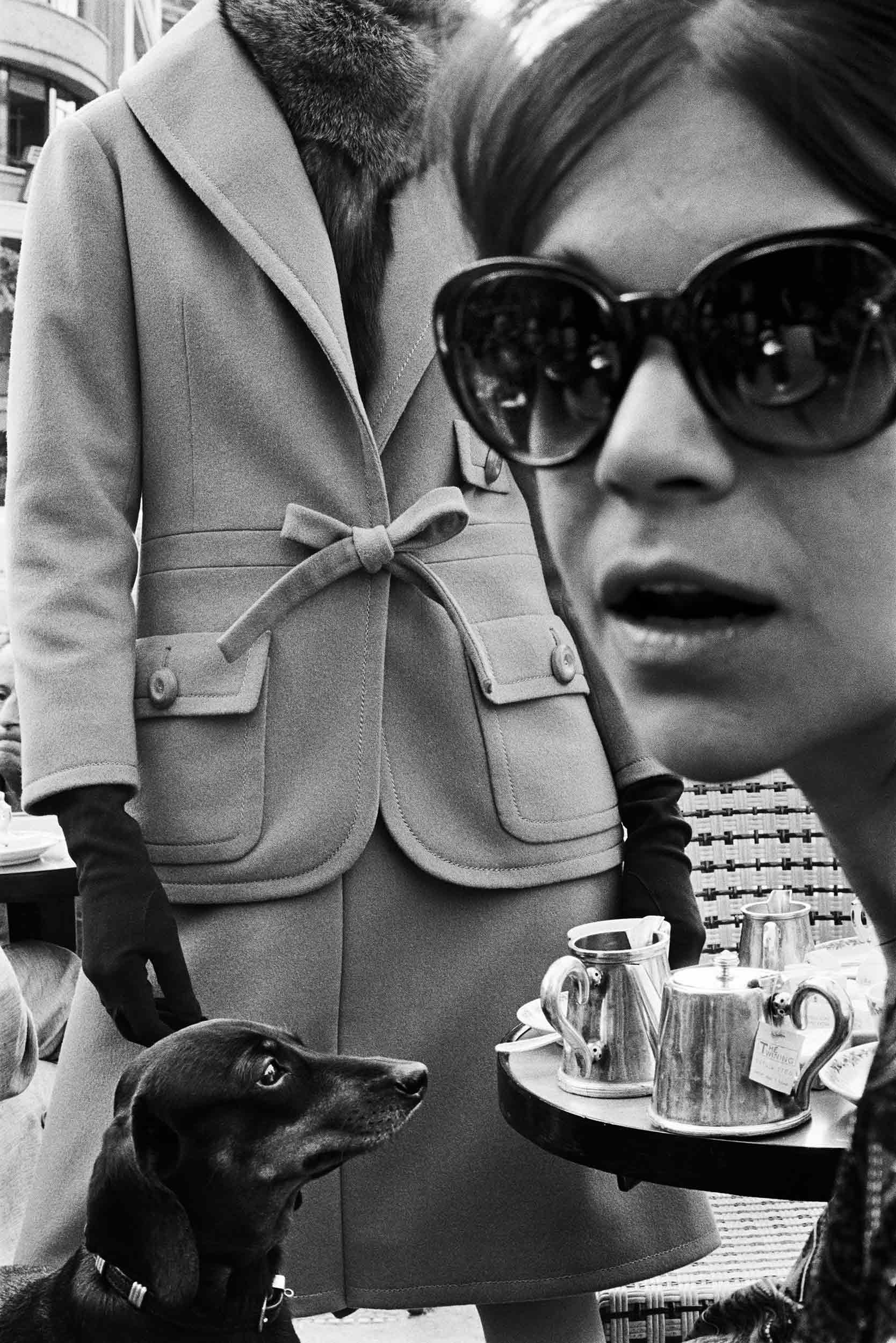Frank Horvat
ITALIE
Instagram @frankhorvatstudio
En collaboration with @les_douches_la_galerie
and @galeria.cadaques
Born in 1928 in Italy to Jewish parents who hailed from Central Europe and were both doctors, Frank Horvat lived successively in Switzerland, Italy, Pakistan, India, England, and France. He settled in France in the late 1950s while also making regular trips to the United States and frequently traveling across Europe, the Americas, and Asia.
His journey as a photographer was profoundly shaped in 1950 when he crossed paths with Henri Cartier-Bresson, who inspired him to adopt the Leica camera and embark on a two-year journey to India as an independent photojournalist. The black and white images he captured during this period marked his initial successes, including his participation in the exhibition "The Family of Man" at the Museum of Modern Art in New York.
Starting from 1957, he applied his reporting experience to fashion photography, introducing a more realistic and less stiff style than was typical in magazines of that era. His work appeared in Vogue and Harper’s Bazaar, both in Europe and the United States, leaving a lasting impact on the genre.
• SERIES •
The Unpredictable
In the fifties and sixties - and well beyond - being a "fashion" photographer meant inevitably working in a studio while adhering to numerous codes that aimed to "properly showcase" the clothing through repeated poses and detailed framing, among other techniques. Frank Horvat, a lover of capturing the liveliness of Parisian streets, shaping it, and condensing it into a single moment, was the first to take models out onto the streets, integrating them into everyday life, and ultimately finding amusement in the contrast between the refinement of certain designer outfits and wedding dresses with the attire of market workers or regulars at a café. While revolutionizing the approach to fashion, Frank Horvat achieved this while remaining true to an ever-curious and benevolent fascination with humanity, and a way of practicing photography with elegance and grace, in candid and ultimately joyful snapshots. Suddenly, fashion was no longer stiff; it truly engaged in a dialogue with life.






